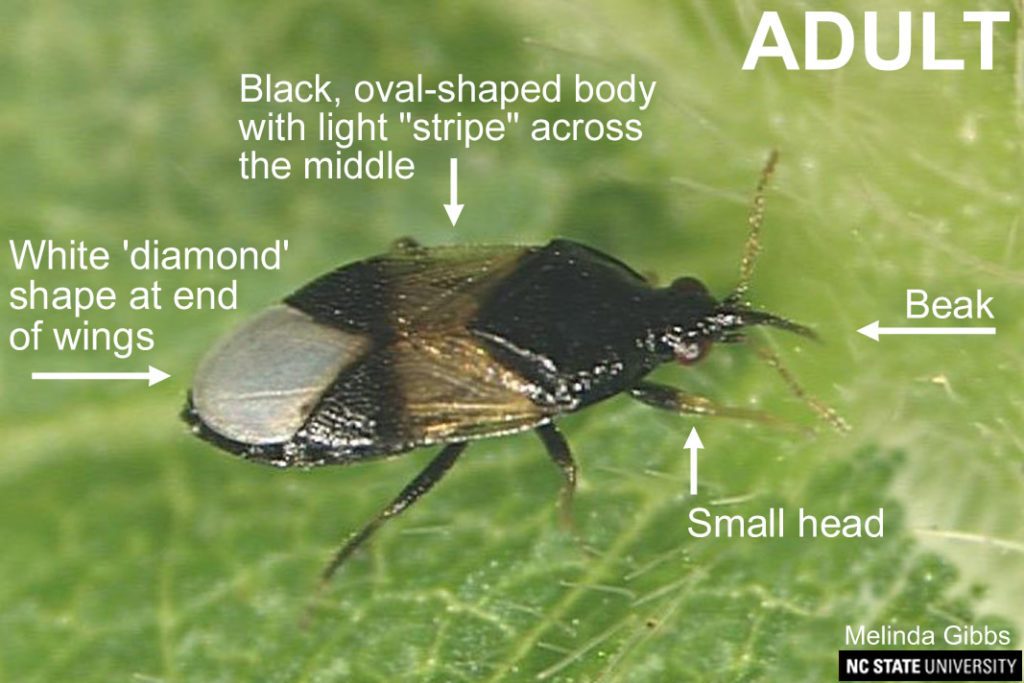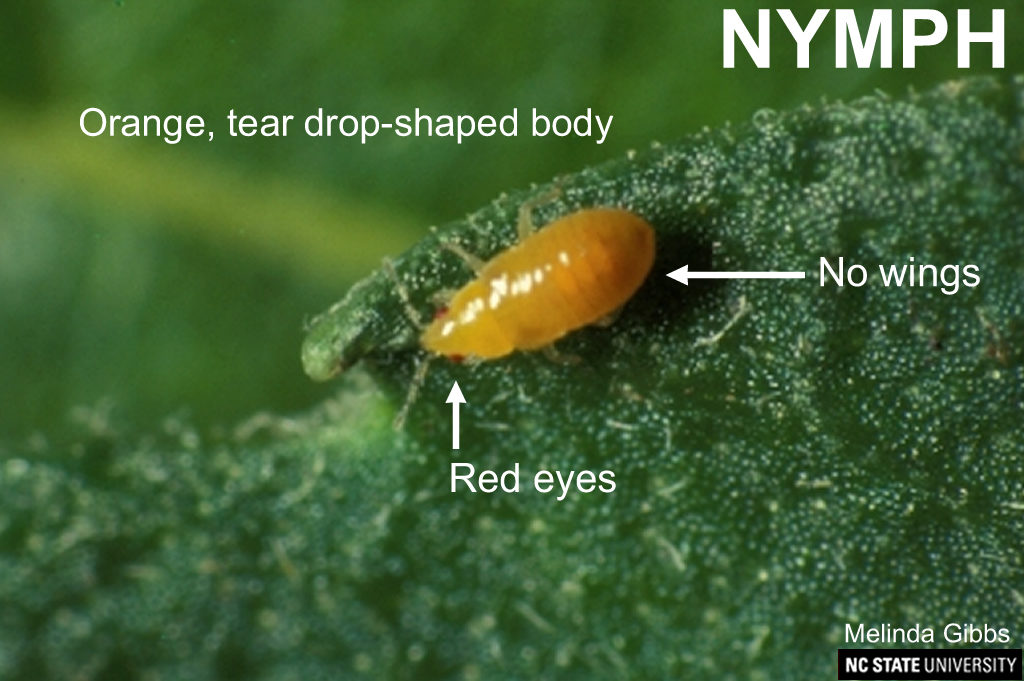Insidious Flower Bug
go.ncsu.edu/readext?562937
en Español / em Português
El inglés es el idioma de control de esta página. En la medida en que haya algún conflicto entre la traducción al inglés y la traducción, el inglés prevalece.
Al hacer clic en el enlace de traducción se activa un servicio de traducción gratuito para convertir la página al español. Al igual que con cualquier traducción por Internet, la conversión no es sensible al contexto y puede que no traduzca el texto en su significado original. NC State Extension no garantiza la exactitud del texto traducido. Por favor, tenga en cuenta que algunas aplicaciones y/o servicios pueden no funcionar como se espera cuando se traducen.
Português
Inglês é o idioma de controle desta página. Na medida que haja algum conflito entre o texto original em Inglês e a tradução, o Inglês prevalece.
Ao clicar no link de tradução, um serviço gratuito de tradução será ativado para converter a página para o Português. Como em qualquer tradução pela internet, a conversão não é sensivel ao contexto e pode não ocorrer a tradução para o significado orginal. O serviço de Extensão da Carolina do Norte (NC State Extension) não garante a exatidão do texto traduzido. Por favor, observe que algumas funções ou serviços podem não funcionar como esperado após a tradução.
English
English is the controlling language of this page. To the extent there is any conflict between the English text and the translation, English controls.
Clicking on the translation link activates a free translation service to convert the page to Spanish. As with any Internet translation, the conversion is not context-sensitive and may not translate the text to its original meaning. NC State Extension does not guarantee the accuracy of the translated text. Please note that some applications and/or services may not function as expected when translated.
Collapse ▲- Common Name: Insidious Flower Bug
- General Category: Beneficial Predator
- Taxonomic Classification: Hemiptera: Anthocoridae
- Scientific Name: Orius insidiosus
Description
These small (approximately 1/16th inch) effective predators are mainly known for their role in the control of pest thrips. They are also adapted for preying on insect eggs, mites, aphids, and other small prey if the opportunity arises. In all stages of life they are active searching predators, but will occasionally feed on plants. Once these bugs have found a meal they insert their needle sharp beak, inject digestive enzymes, then suck up the partially digested insides of their prey. Although small, they can deliver a significant “bite” with their beak if mishandled, but present no real danger.


Identification
Review the images for tips on how to identify these predators.
Adults
Very small (approximately 1/16th inch). The most easily noticed characteristics are the black oval shaped body with a white diamond like shape at the back of the wings, and a light ‘stripe’ across the middle. The small head has protruding eyes and a beak.
Nymphs
Smaller than adults, with tear-drop-shaped orange bodies that lack wings and red eyes.
Value in Pest Management
The insidious flower bug is a common natural control of thrips and other arthropod pests on a number of important crops including most deciduous fruits, corn, cotton, soybeans, alfalfa and grapes. They are widely available commercially (see BIRC online Directory).
Origin and Distribution
Native, throughout eastern North America.
Discover Life – Orius insidiosus


